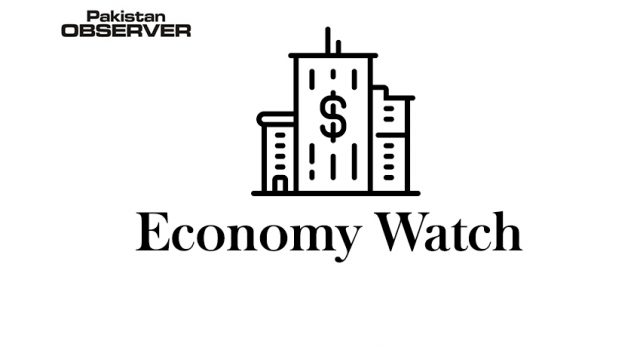Staff Reporter
Islamabad
The Ministry of Finance has said that the government’s extensive measures have helped the economy move progressively along the adjustment path and stabilization process and economic recovery is expected towards the end of FY2020.
“The government is focused on bringing improvement in the real sector growth through inclusive growth in agriculture, industrial and services sectors,” said a statement by the Finance Division in response to certain news reports carried in a section of the regarding downward revision of growth by the World Bank.
The government is cognizant of challenges and stringently focused on resolving them particularly, reducing inflation, creating job opportunities and achieving high growth rate. Keeping in view the positive developments on major economic indicators, we expect that the economy will likely to achieve better growth prospects as against the projections of the World Bank.
The World Bank in its report ‘2020 Global Economic Prospects’ had forecasted Pakistan`s current year growth rate at 2.4% before touching 3 % next fiscal year and 3.9 % in FY2022. The bank’s report had also mentioned that the growth had decelerated an estimated 3.3 % in FY2018-19, reflecting a broad-based weakening in domestic demand.
In addition, the report had described that significant depreciation of the Pakistani rupee resulted in inflationary pressures, monetary policy tightening restricted access to credit, curtailing public investment to deal with large twin deficits and budget deficit rose more sharply than expected.
It may be pointed out that during FY2019, the slowdown in economy was largely attributed to various policy measures to manage the twin deficit crisis. Consequently, these measures helped to contain demand pressures and contributed to import compression. However, the outcomes of these measures were realized on the industrial sector. Particularly LSM sector witnessed a negative growth.










